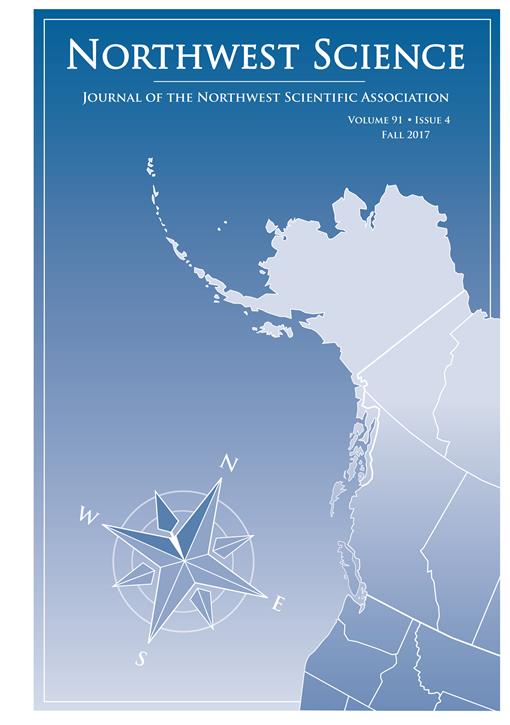We investigated the demography (emergence, dormancy and recruitment) of the pumice moonwort, (Botrychium pumicola) (Ophioglossaceae), a rare fern endemic to the Cascade Range from central Oregon to northern California. Populations of B. pumicola have been declining in low elevation basin sites likely due to climate change. Determining the demographics of subalpine populations is important for management of the species. At three subalpine sites at Crater Lake National Park, Oregon, individual B. pumicola plants were tagged, mapped and monitored for six consecutive years. In sample plots, the population of B. pumicola was stable over the six-year period with recruitment rates approximating dormancy and death rates. The annual dormancy rate was 6.4% and annual recruitment rate was 9%. Plants that went dormant and new recruits were smaller in stature than those of the original tagged plants suggesting that these plants were experiencing factors affecting fitness. Reduced pre-dormancy sporophore production and plant stature was a predictor of population decline. Variations in snow depth did not affect plant emergence, recruitment, or dormancy. Our results show that B. pumicola does not have a large below-ground reservoir of dormant rhizomes and the aboveground population most accurately represents the total population of adult individuals. Tracking B. pumicola individuals provides valuable information for management of this elusive species.
How to translate text using browser tools
1 September 2017
Demography of the Rare Fern Botrychium pumicola (Pumice Moonwort) at Crater Lake National Park, Oregon
Susan M. Roe-Andersen,
Darlene Southworth
ACCESS THE FULL ARTICLE

Northwest Science
Vol. 91 • No. 4
September 2017
Vol. 91 • No. 4
September 2017
Ophioglossaceae
population monitoring
pumice moonwort
pumice plants
rare plants




